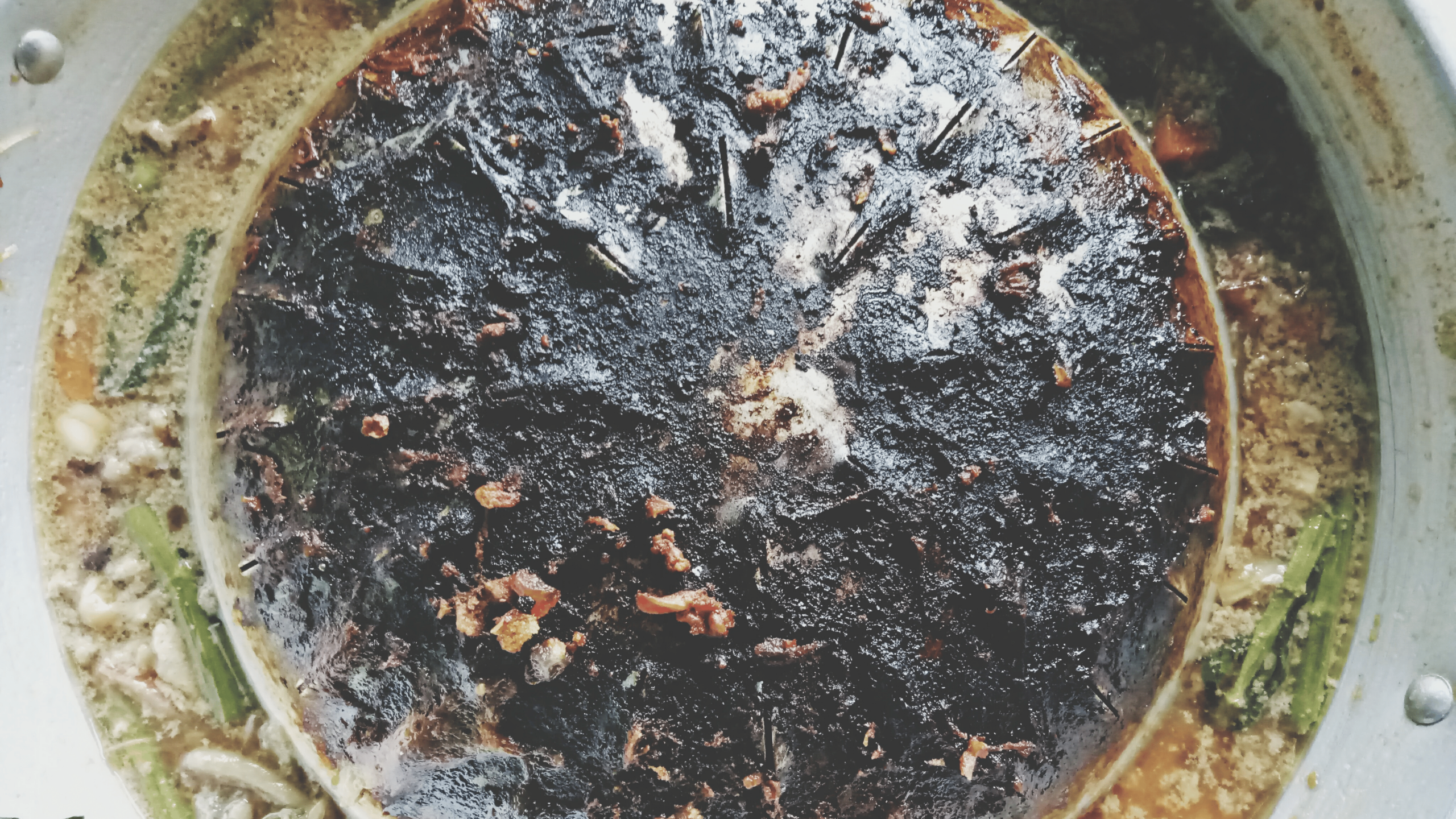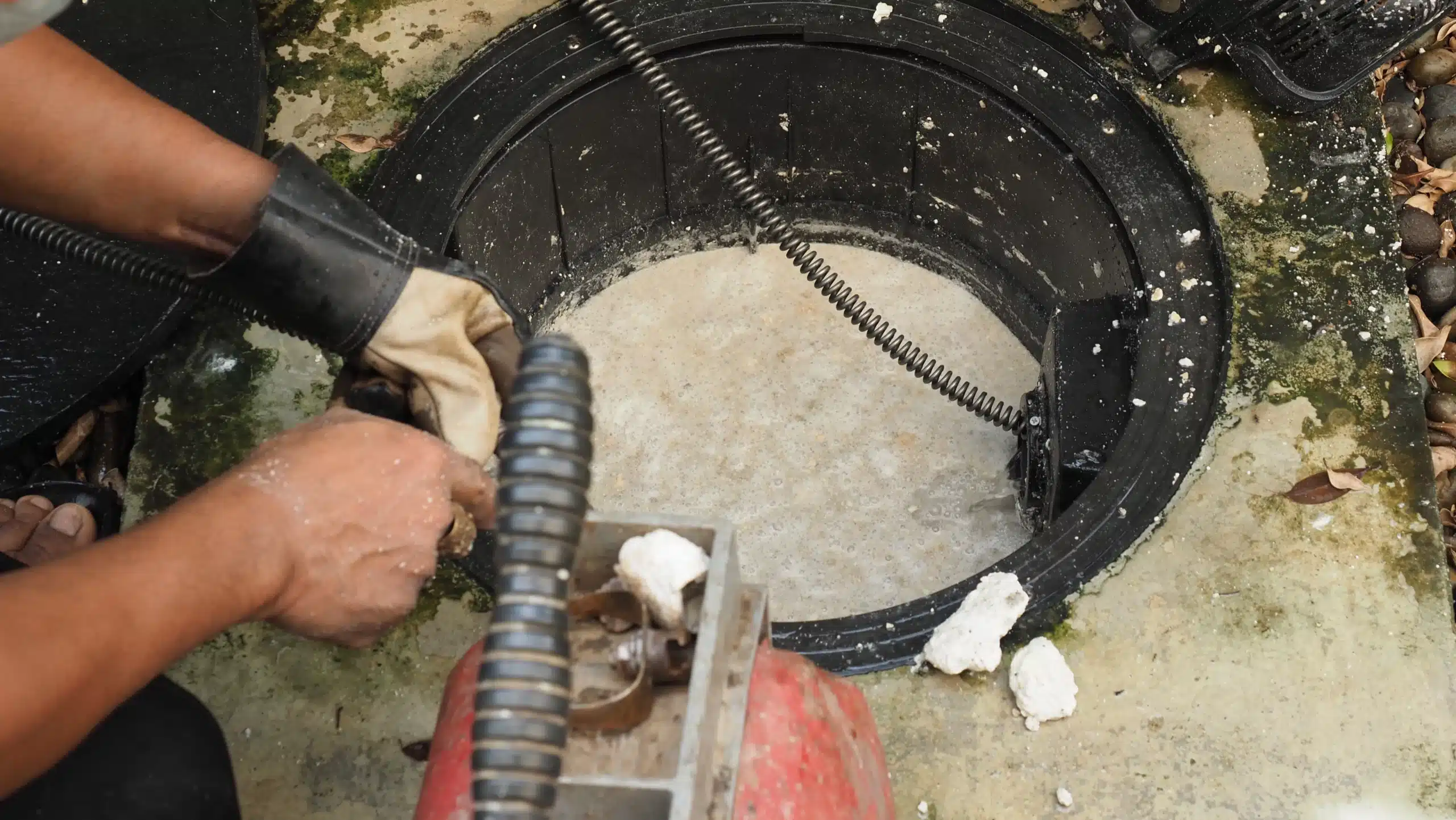You need to keep to a grease trap cleaning schedule if you have one installed under your kitchen sink or outside the kitchen premises in your food business.
While installing this apparatus and cleaning might seem like a straightforward job, it is not. There are some do’s and don’ts that you have to bear in mind, as you will read here.
Grease interceptor cleaning do’s
So, what are the most important things to keep your grease interceptor in good shape all the time?
Clean it regularly
If you wait until the FOG in the interceptor starts to stink, well, you have waited too long. Besides, the stink can drive your customers out of your premises. You should clean it out once every 3 months, please maintain that schedule.
Hire a FOG trap cleaning company
Hiring a professional company to do this job has many benefits. Firstly, you do not have to get your staff off other jobs to clean the trap.
Secondly, when they clean it, they will know what damage to inspect. Three, these professionals have the equipment for the job at hand. They have the vacuum pump and special collecting bags for disposing of the old grease.
Check the seals of the lid
This is very important. Naturally, grease has many nasty bacteria that break it down. They cause the FOG to stink.
If this smell is finding its way out of the trap while it is not due for cleaning, it means there could be a leak somewhere and the lid is usually the first suspect. Since the grease generates gas, it can escape even through the smallest gap.
Follow up to know how the company disposes off the grease
As a responsible business owner, you need to be sure that the company you are hiring for cleaning your grease trap is disposing of the trash correctly. Are they recycling it? Even better!
Don’ts of grease trap pumping
Here are the things that you should NEVER attempt when you are cleaning your traps:
Don’t use cleaning solvents
Cleaning the grease trap means removing the grease first by pumping it out and then cleaning the chambers with water and soap. Never use solvents because they mostly kill the bacteria that break down the fats and oils.
Don’t try to solve the problem with boiling water
Hot water is going to melt the grease and they will escape and find their way into the municipal sewer line. Here, they will solidify again when they come into contact with cold surfaces, which will cause a serious clogging problem.
Don’t attempt to clean the grease interceptor yourself
Cleaning the grease interceptor yourself might look like it will save you money, but it will not. Hire a grease trap cleaning service because they have specialized equipment for the job. They also have technicians to ensure the lid is properly seated and sealed when they replace it.
Don’t connect the grease trap to the dishwasher
The dishwasher uses hot water and when this goes to the grease trap, it will melt the grease and make it escape the trap. For easier collection and cleaning of the grease, ensure only cold water from the sinks goes to the trap.


